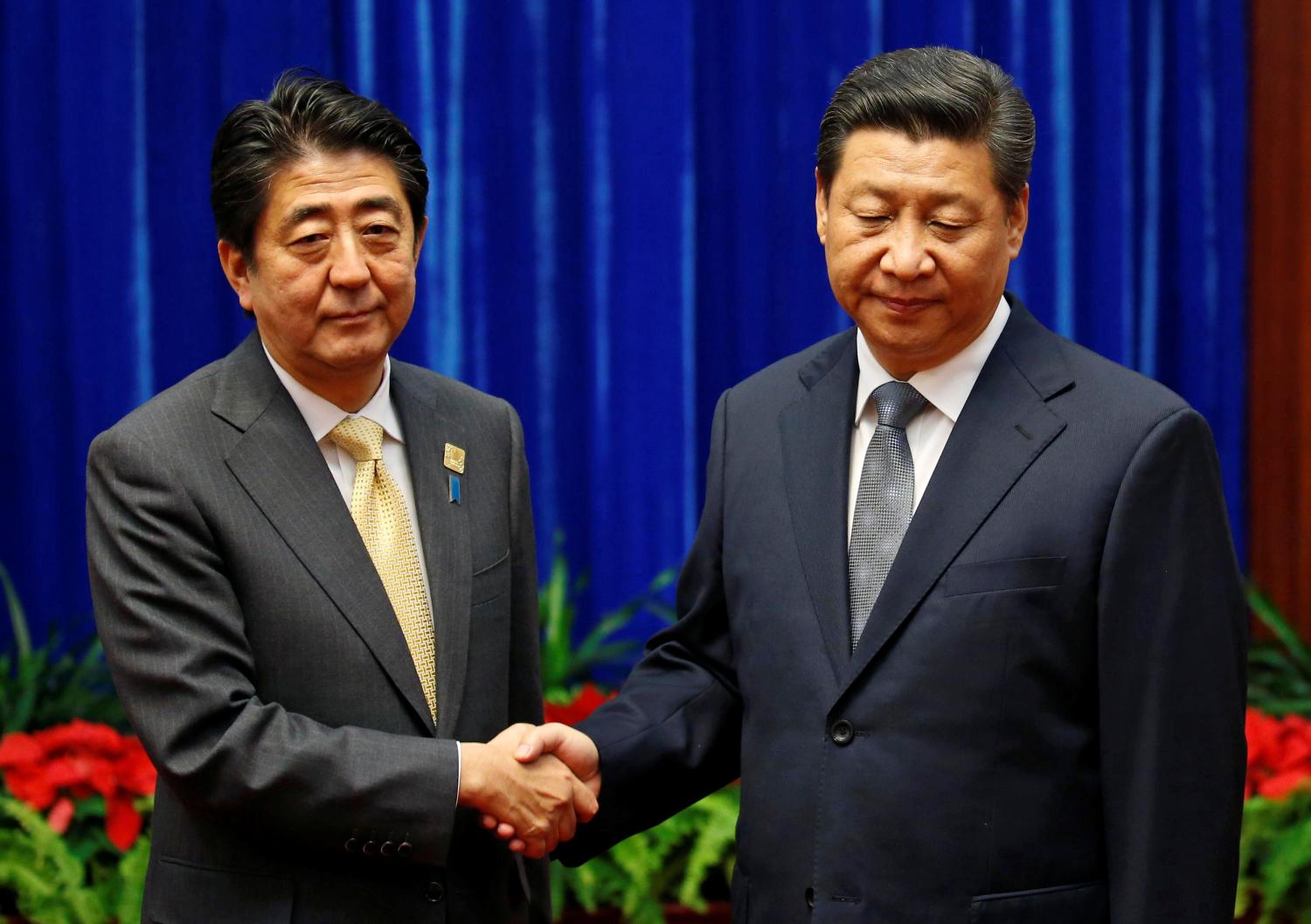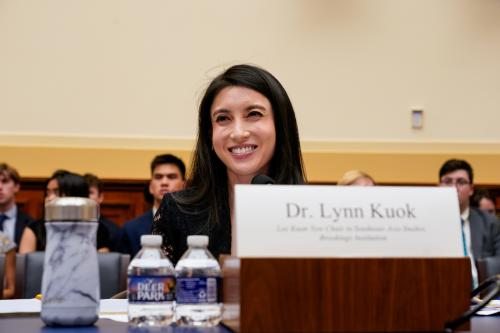East Asian economies, long known to be ambivalent toward regional integration, are dramatically changing their ways. This new approach began in the late 1990s. Since 1998, East Asian capitals have actively explored the possibilities of various bilateral free trade agreements (FTAs), while, in late 2001, the East Asia Vision Group reported to the leaders of ASEAN + 3 (grouping the ten Association of Southeast Asian Nations members, plus China, Japan and South Korea) meeting on the vision of “an East Asian Community.” The current situation can be characterized as “talking regional, acting bilateral,” a reflection of competitive impulses as well as pragmatism for steady progress. These important developments have major implications for both Japan and the United States. This paper analyzes the dynamics of East Asian economic integration and its future prospects, Japan’s role in the process, and how the United States can constructively influence the process.
In the first section, this paper analyzes the forces influencing the development and performance of various regional frameworks. Second, the paper assesses the prospects for Asian economic integration in light of these forces as well as perceived obstacles. The third section examines the link between Japan’s policy efforts to overcome economic and political challenges, and the development of various institutional frameworks for East Asian economic integration. In the concluding section, this paper presents positive implications for the U. S. policy for Asia.
Read the full paper. (PDF 235 kb)
The Brookings Institution is committed to quality, independence, and impact.
We are supported by a diverse array of funders. In line with our values and policies, each Brookings publication represents the sole views of its author(s).



